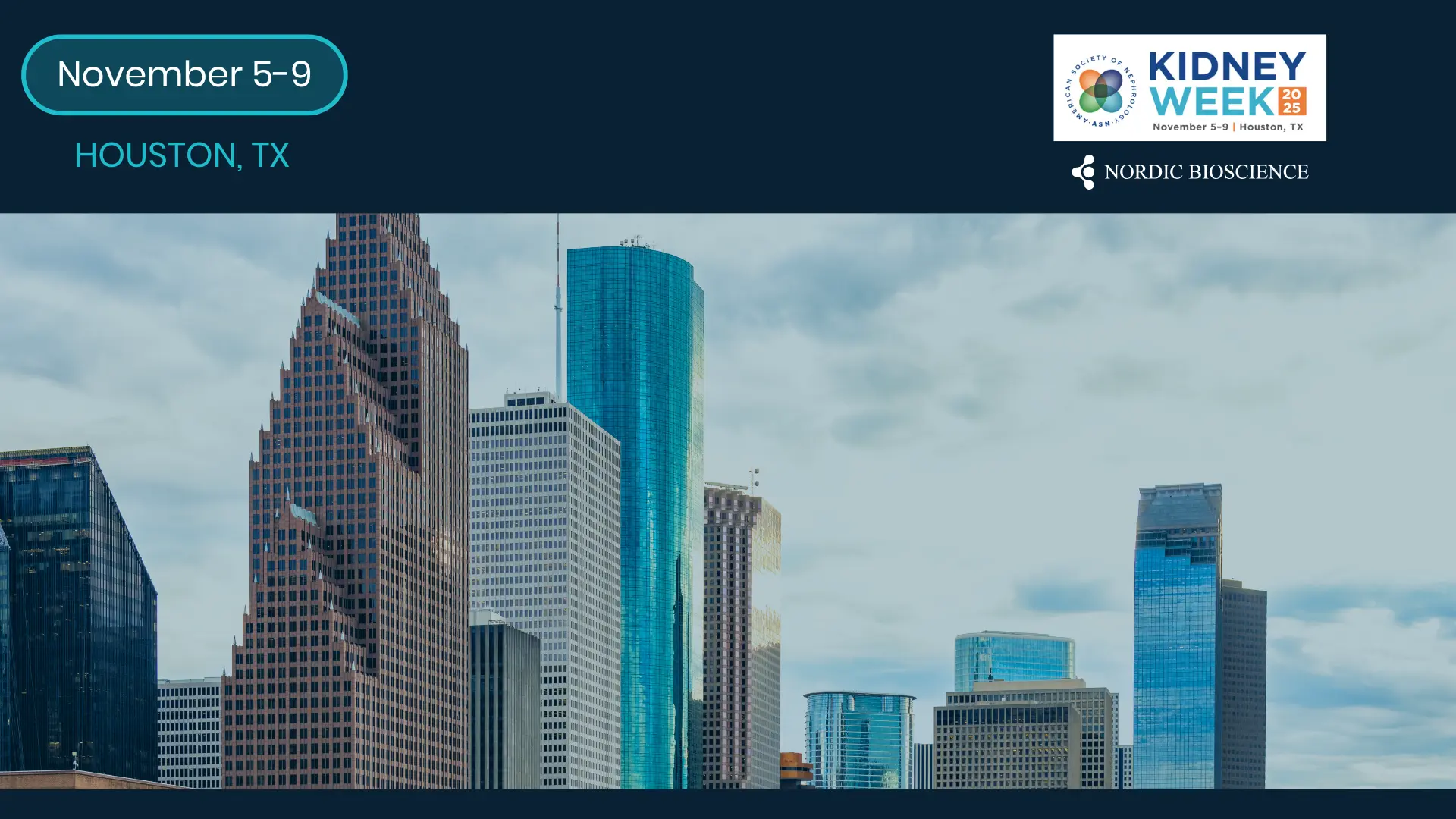Sprifermin (rhFGF18) enables proliferation of chondrocytes producing a hyaline cartilage matrix.
Abstract
OBJECTIVE
Fibroblast growth factor (FGF) 18 has been shown to increase cartilage volume when injected intra-articularly in animal models of osteoarthritis (OA) and in patients with knee OA (during clinical development of the recombinant human FGF18, sprifermin). However, the exact nature of this effect is still unknown. In this study, we aimed to investigate the effects of sprifermin at the cellular level.
DESIGN
A combination of different chondrocyte culture systems was used and the effects of sprifermin on proliferation, the phenotype and matrix production were evaluated. The involvement of MAPKs in sprifermin signalling was also studied.
RESULTS
In monolayer, we observed that sprifermin promoted a round cell morphology and stimulated both cellular proliferation and Sox9 expression while strongly decreasing type I collagen expression. In 3D culture, sprifermin increased the number of matrix-producing chondrocytes, improved the type II:I collagen ratio and enabled human OA chondrocytes to produce a hyaline extracellular matrix (ECM). Furthermore, we found that sprifermin displayed a ‘hit and run’ mode of action, with intermittent exposure required for the compound to fully exert its anabolic effect. Finally, sprifermin appeared to signal through activation of ERK.
CONCLUSIONS
Our results indicate that intermittent exposure to sprifermin leads to expansion of hyaline cartilage-producing chondrocytes. These in vitro findings are consistent with the increased cartilage volume observed in the knees of OA patients after intra-articular injection with sprifermin in clinical studies.



